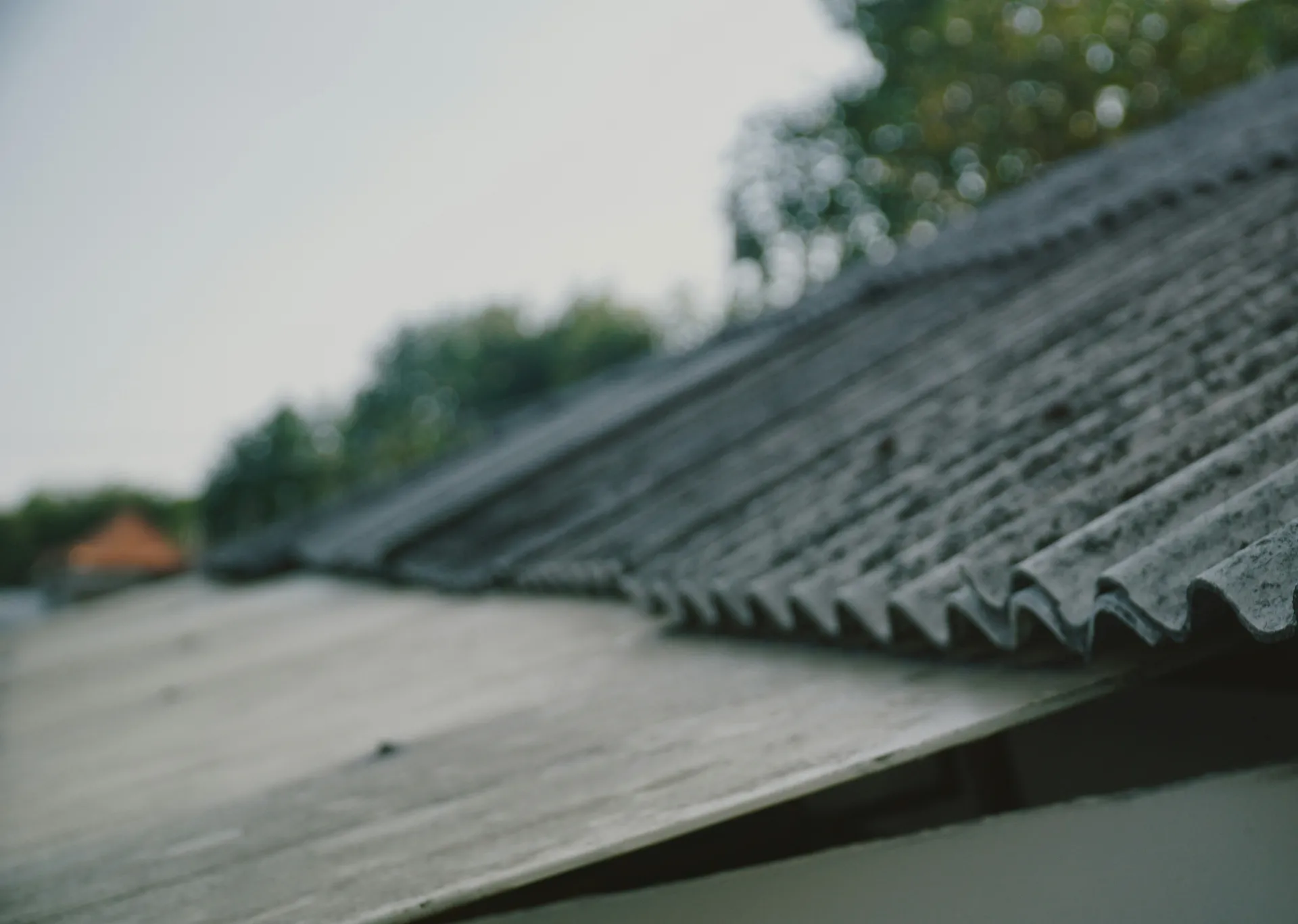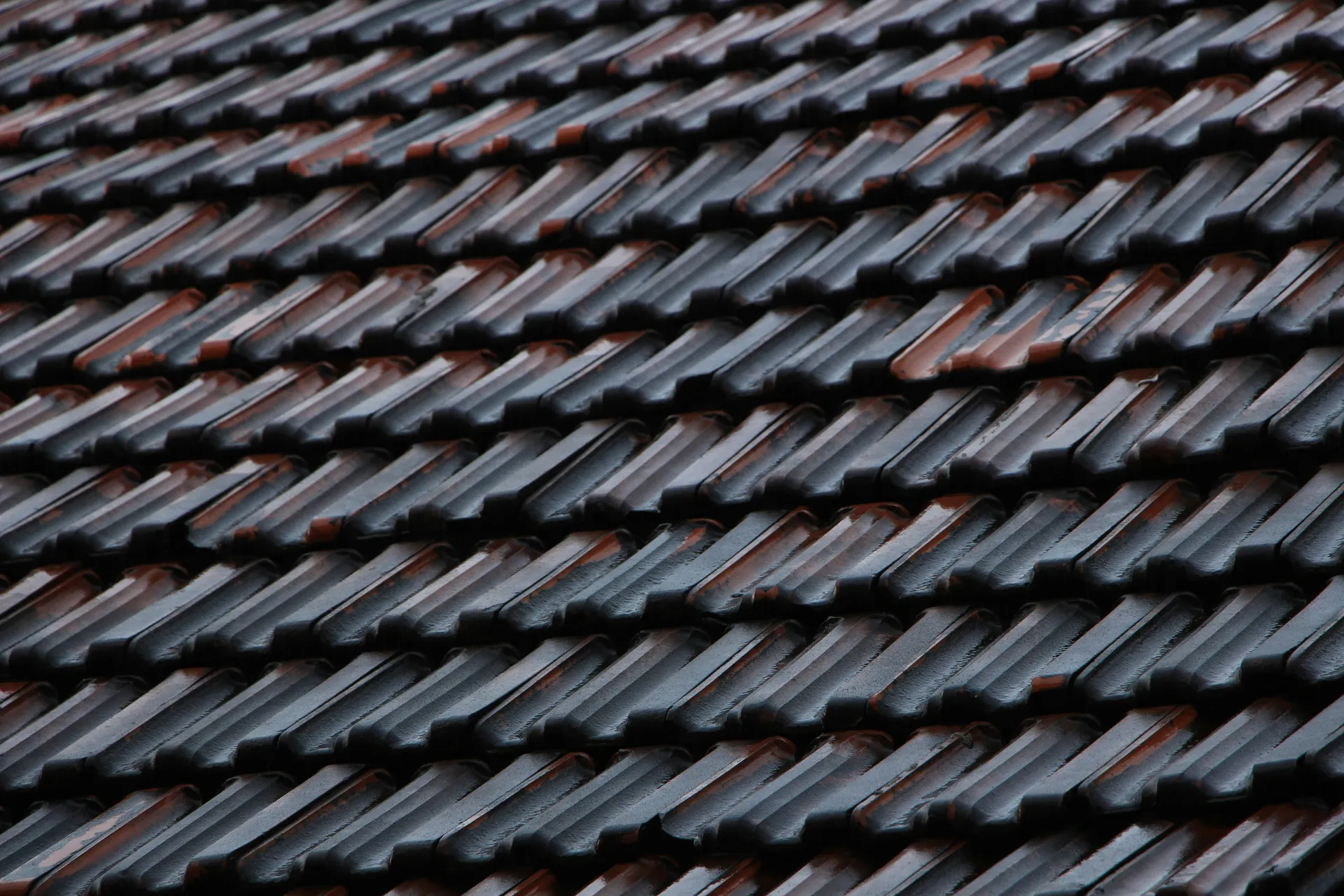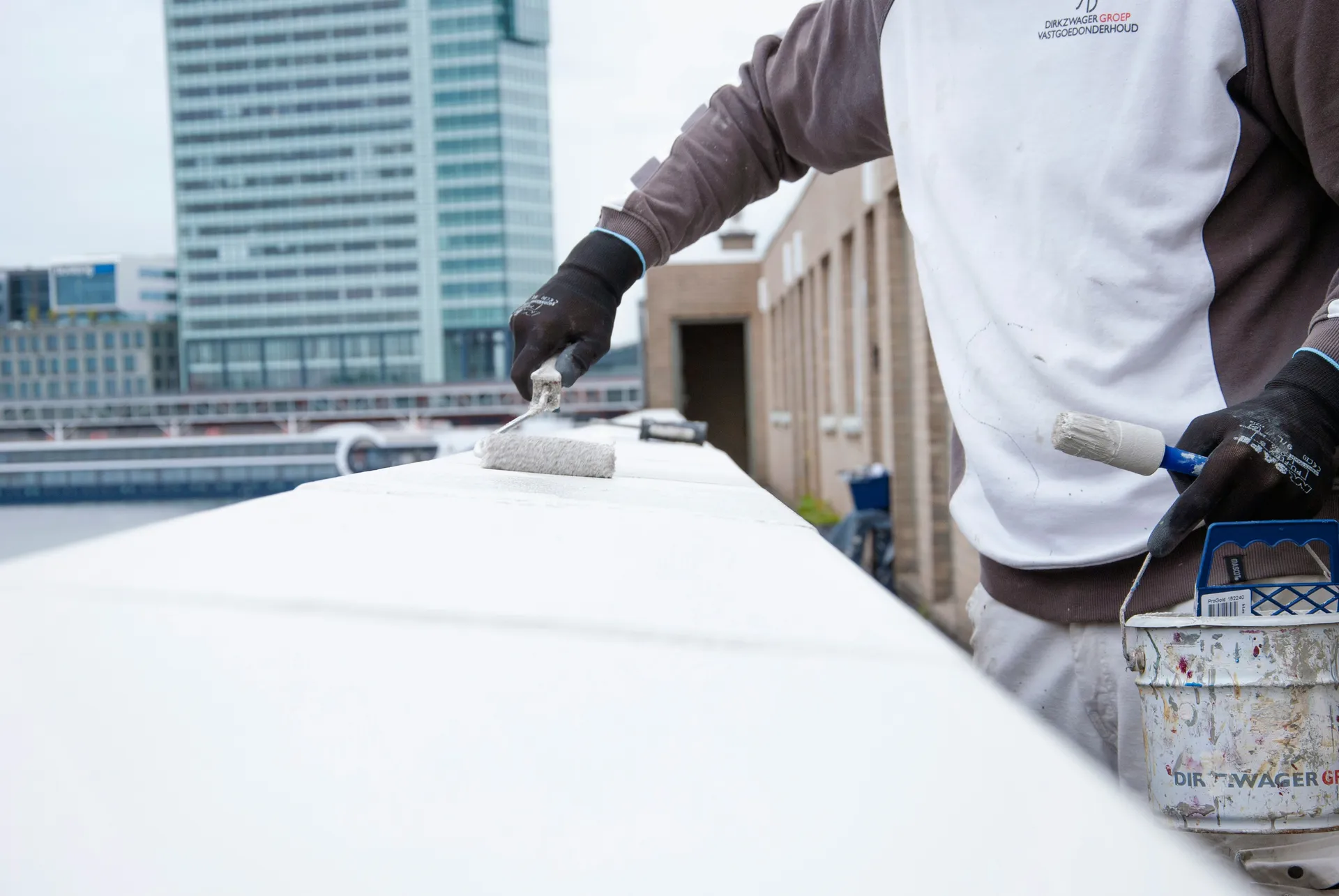
Gutter Apron vs. Drip Edge: What's the Difference & Which Do You Need?
In the world of roofing, the smallest components often play the most critical roles. Both gutter aprons and drip edges are essential pieces of flashing designed to protect your home from water damage, but they are not interchangeable. As a building envelope specialist, I’ll break down their distinct functions, installation differences, and help you understand which one is right for your roof.
This technical breakdown will provide clear definitions, a visual comparison, and a straightforward decision guide to ensure your roof’s edge is properly protected.
Key Takeaways
- Different Jobs, Different Parts: A drip edge protects the underlying roof decking and fascia board. A gutter apron bridges the gap between the shingles and the gutter.
- Installation is Key: A drip edge is installed under the roofing underlayment, making it integral to a new roof. A gutter apron is installed over the shingles, making it an ideal retrofit solution.
- Code Requirements: Drip edge is mandated by most modern building codes (like the IRC) for new roof installations.
- Choosing is Situational: For a new roof, a drip edge is standard. For an existing roof with leaks behind the gutter, a gutter apron is the proper fix.
Part 1: Defining the Components
To understand which you need, we must first precisely define their form and function.
What Is a Drip Edge?
A drip edge is a non-corrosive, L-shaped metal flashing installed along the eaves and rakes of a roof. Its primary purpose is to direct water runoff away from the fascia and prevent it from wicking back up under the shingles, which protects the underlying roof deck.
Primary Function of Drip Edge
The core mission of a drip edge is to protect the wooden components of your roof’s edge—the fascia board and the edge of the roof sheathing—from moisture. It creates a clean, finished edge and acts as the first line of defense for these vulnerable areas.
What Is a Gutter Apron?
A gutter apron is a different type of flashing that extends from the roof deck, over the fascia, and directly into the gutter. Its specific function is to eliminate any gap between the edge of the roofing material and the back of the gutter itself.
Primary Function of Gutter Apron
The gutter apron acts as a bridge. It ensures that all water coming off the shingles is directed squarely into the gutter, preventing it from running down the fascia board behind the gutter—a common problem on older homes or with improperly installed gutters.
Part 2: The Visual & Functional Comparison
The most significant differences lie in their installation placement and how they manage water flow.

| Feature | Drip Edge | Gutter Apron |
|---|---|---|
| Primary Goal | Protect fascia & roof deck edge | Bridge the shingle-to-gutter gap |
| Installation Point | Under the underlayment and shingles | Over the shingles and underlayment |
| Water Flow Path | Directs water away from fascia | Directs water cleanly into the gutter |
| Best Use Case | New roof installations (often code-required) | Retrofit solution for existing roofs |
As a contractor, I’ve seen more structural rot caused by poorly managed roof runoff than almost any other issue. A missing or improperly installed drip edge, costing just a few dollars per foot, can lead to thousands in repairs to fascia, soffits, and even the roof rafters themselves. It’s the definition of ‘an ounce of prevention is worth a pound of cure’.
Part 3: Which One Do I Need? A Decision Guide
Your specific situation dictates the correct component.
Scenario 1: You are getting a new roof or a complete tear-off and reroof.
Answer: You need a Drip Edge.
The International Residential Code (IRC), which most local codes are based on, requires the installation of a drip edge for new shingle roofs. A professional roofer will include this as a standard part of their estimate. It’s an integral part of a modern, code-compliant roofing system.
Scenario 2: You have an existing roof, and you notice water stains on the fascia or water dripping from behind the gutter.
Answer: You need a Gutter Apron. This is the classic scenario where a gutter apron excels. The gap between your shingle edge and the gutter is allowing water to escape. A gutter apron can be retrofitted onto your existing roof without disturbing the shingles, tucking up under the bottom course and extending into the gutter to solve the problem permanently.
Scenario 3: Can I, or should I, use both a drip edge and a gutter apron?
Answer: It’s possible, but almost always redundant. A properly installed drip edge on a new roof should effectively direct water into the gutter, making a gutter apron unnecessary. Likewise, a gutter apron’s primary function is to solve a problem that a drip edge is meant to prevent. In some very specific cases, such as on a very low-slope roof or in regions with severe ice dam issues, using both might offer an extra layer of protection, but it is not standard practice.
What Do Drip Edges & Gutter Aprons Cost?
While the flashing material itself is not expensive, the total project cost is primarily determined by labor and the installation scenario.
| Service Type | Cost Component | Typical Project Cost |
|---|---|---|
| Drip Edge in New Roof Installation | Material Cost + Labor as part of total project | Material cost is approx. $2-$4/ft. Labor is bundled into the main roofing quote. |
| Gutter Apron Retrofit on Existing Roof | Material Cost + Dedicated Professional Labor | $200 - $500+ for a typical home, depending on roof length and complexity. |


